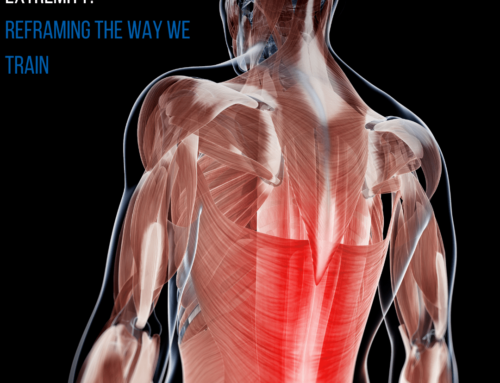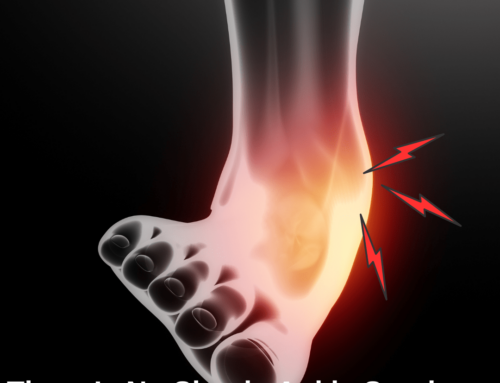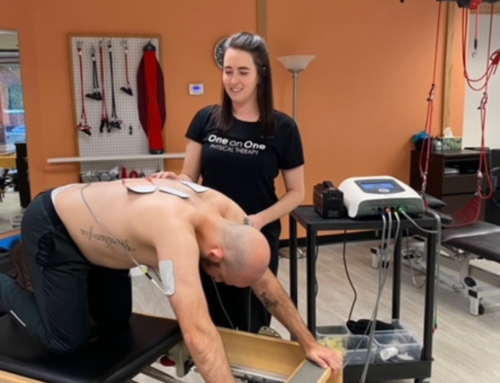The Artistic Athlete: Physical Therapy for the Performer
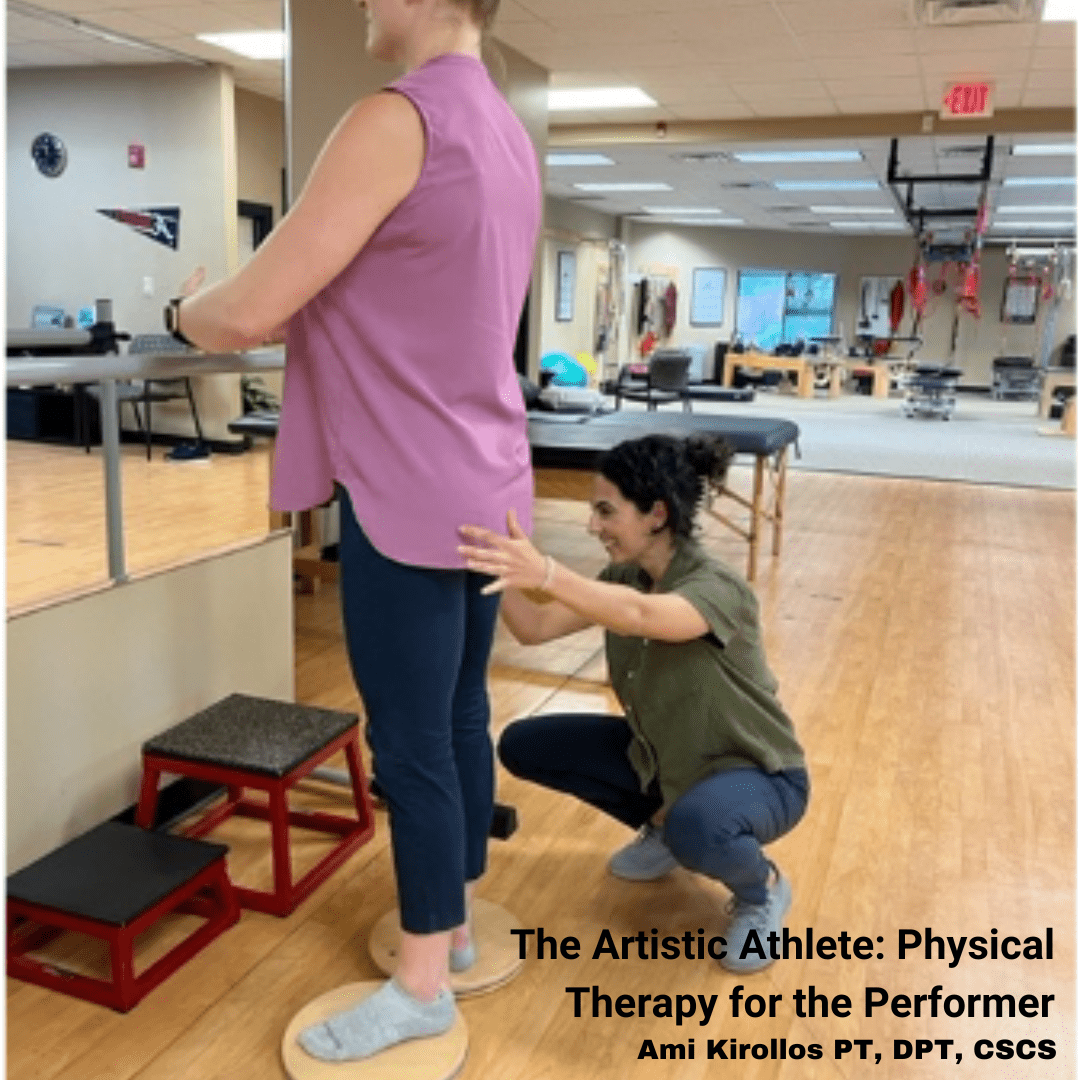
What is Performing Arts Medicine?
Performing Arts Medicine is a specialized subset of sports medicine focused on treating and managing conditions unique to dancers, musicians, vocalists, actors, and all other performers. The treatment of performers requires extensive knowledge and background in the demands, culture, and techniques specific to the arts in order to correctly diagnose, treat, and return the performer back to the stage safely and efficiently.
unique to dancers, musicians, vocalists, actors, and all other performers. The treatment of performers requires extensive knowledge and background in the demands, culture, and techniques specific to the arts in order to correctly diagnose, treat, and return the performer back to the stage safely and efficiently.
Why is it important to see a provider specializing in Performing Arts Medicine?
Whether you’re a dancer, musician, actor/actress, or vocalist, you may have found yourself in the peculiar and frustrating position of managing an injury with a well-intentioned medical professional who subtly (or not so subtly) suggests you simply “stop dancing/acting/singing,” which in doing so would resolve all your issues…AWKWARD SILENCE.
What most laypeople do not understand about treating performing artists, is that our art is much more than a “hobby,” most of us consider it part of our identity and for many their career and means of finances. So, being told to simply “quit” is not an option and may cause more harm than good. The key to successfully treating performing artists is to not take away their lifeline, but to modify, prevent, and treat injuries with the end goal to continue to perform in whatever capacity is safe and possible.
Furthermore, a performing arts specialist will understand the skill set and requirements of your art and be able to recommend and treat accordingly. For example, a professional ballerina may not benefit from the same ankle surgery as the next person, as the loss of mobility may end their career. Likewise, a singer may risk damage to their vocal cords when given the wrong medication prior to performing. The list goes on!
Performing Arts Medicine in Physical Therapy:
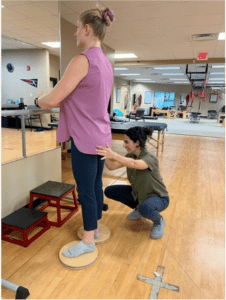 A physical therapist with Performing Arts medicine training will be able to evaluate and treat you utilizing techniques and tools specific to your art form. Such components may consist of:
A physical therapist with Performing Arts medicine training will be able to evaluate and treat you utilizing techniques and tools specific to your art form. Such components may consist of:
- Technique assessment and correction: turnout mechanics, ergonomics of instrument set up, postural deficits that limit vocals, etc.
- Chronic injuries: managing longer-term injuries so you can continue to perform and work.
- Periodization of training and recovery based on a performing artist’s livelihood (all year-long training and performing!)
- Managing and treating symptoms of hypermobility
- Assessing and modifying footwear (pointe shoes, character shoes,) stage set up, and environment (changes in stage floor material, raked stages, props.)
- Understanding the underlying culture of sport and stressors placed on dancers: physical, emotional, and social elements that make up the arts.
- Resources to help refer to other medical professionals with performing arts medicine knowledge.
Are you a performing artist who thinks they may benefit from working with a performing arts specialist?
Interested in learning more about resources for performing artists?
Check out these below:
International Association of Dance Medicine and Science: https://iadms.org
Performing Arts Medicine Association: https://artsmed.org
